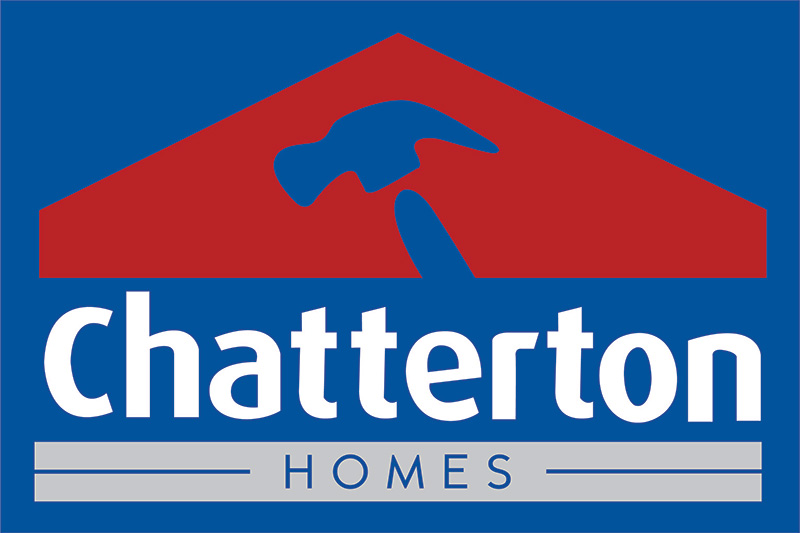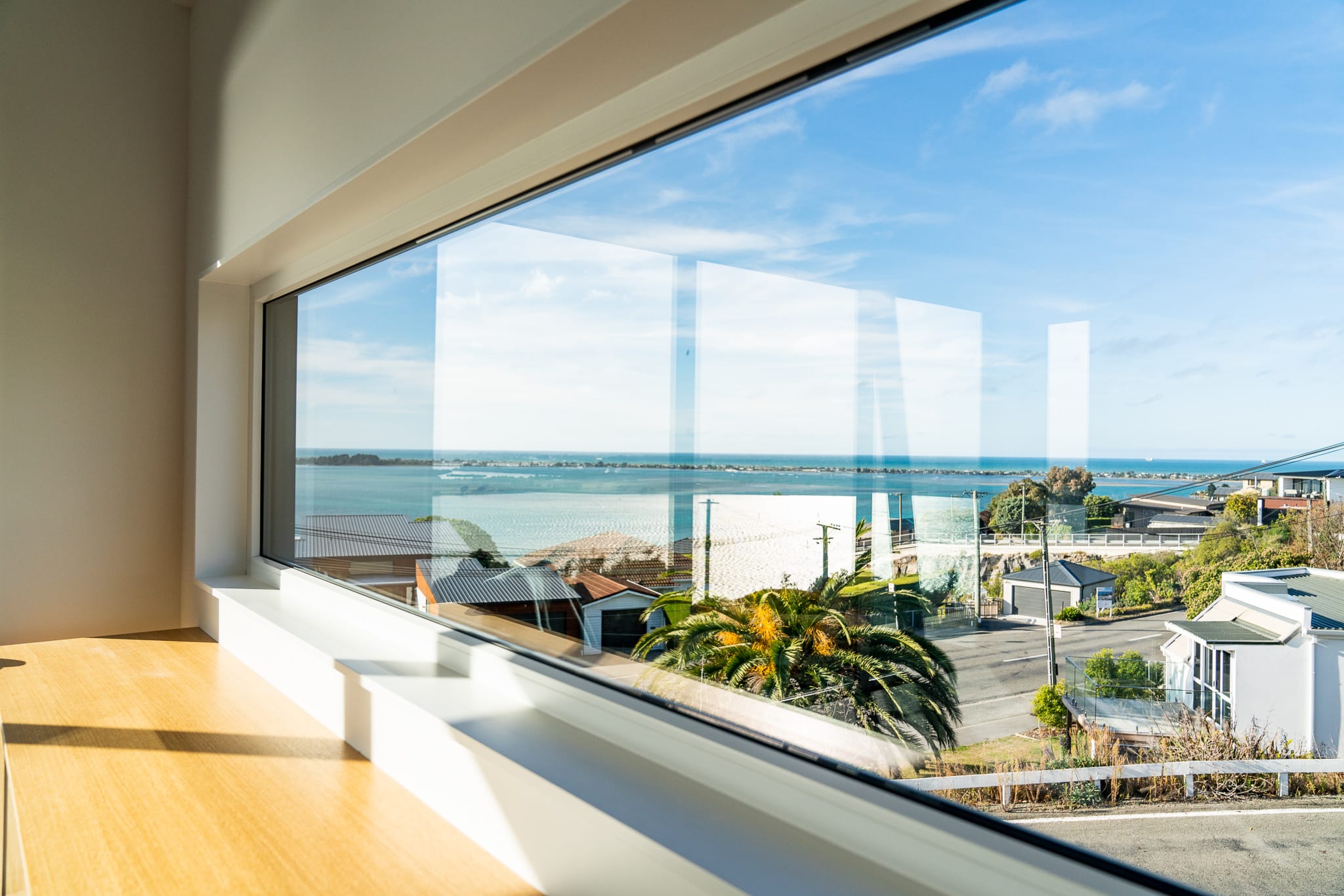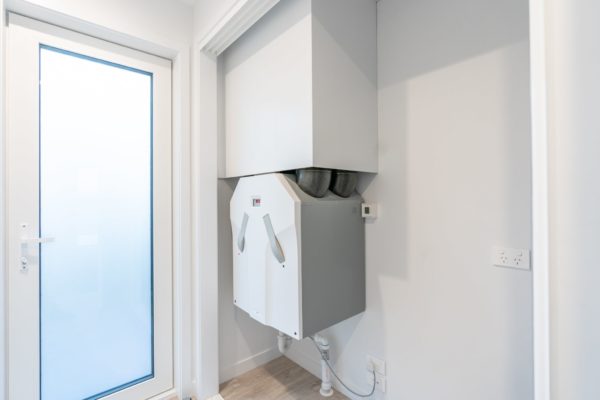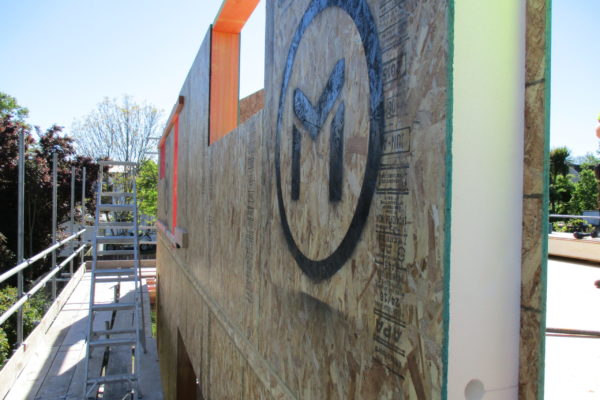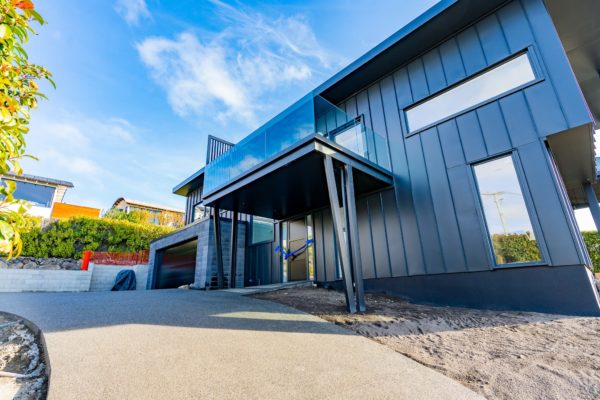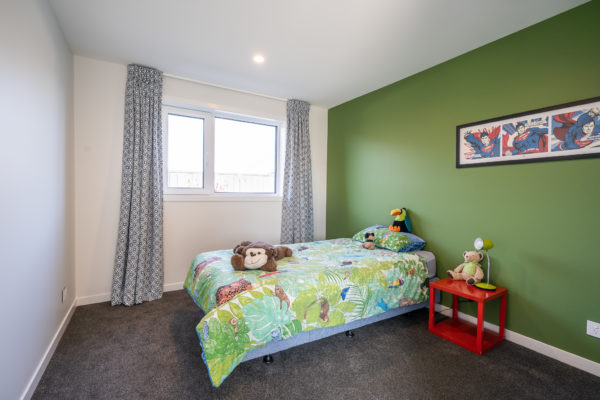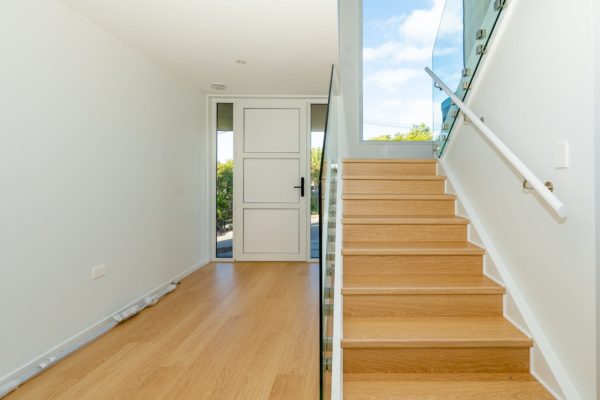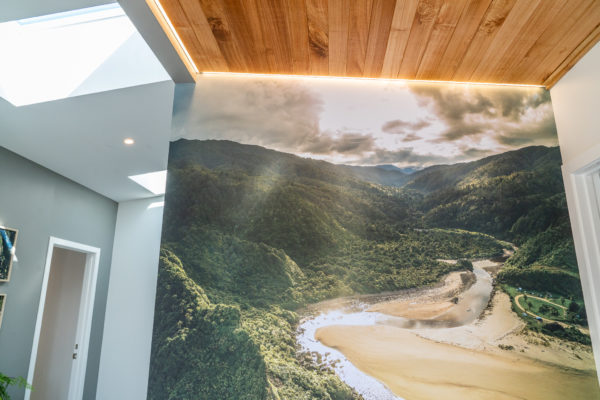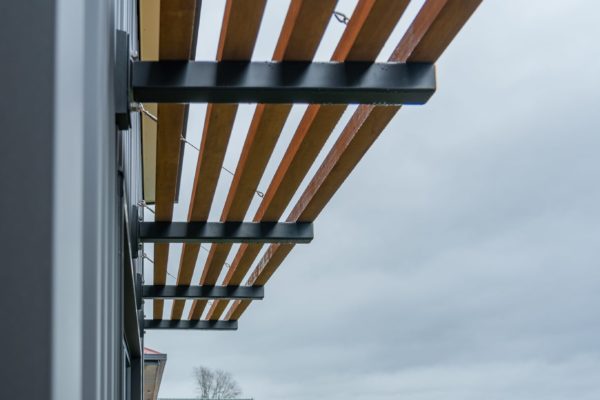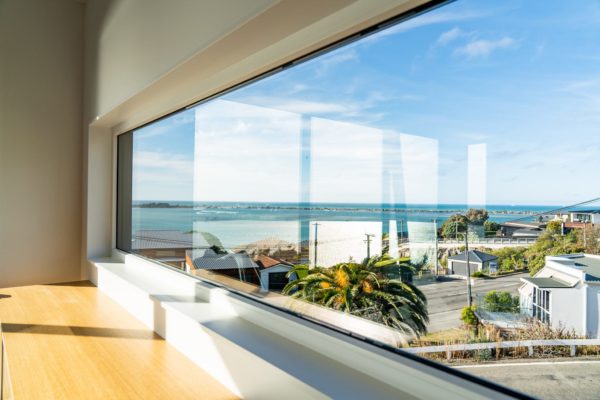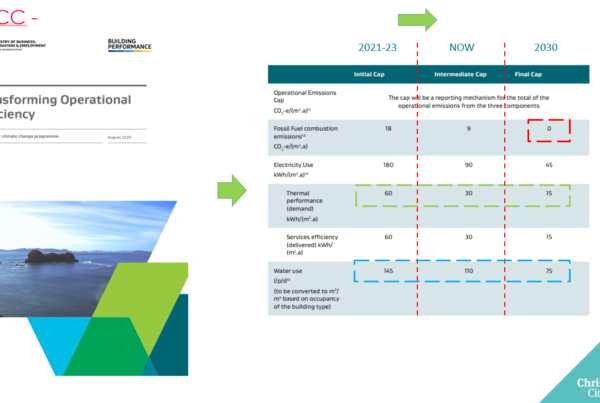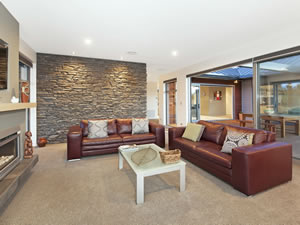So, you want a high performing home, and this means investing more in your building envelope, but what design strategies can you consider helping offset the additional costs that are being invested in your home’s performance and health?
This blog is a continuation of an earlier article titled ‘Can I afford an energy efficient or passive home?’
It is hard to compare these homes as it is the very fabric of the building that is different and even the new level of minimum code home, released this week, would not be designed the same because the standards, strategies and priorities are very different. However, a higher performing home is understandably more expensive and as a rough guide this may be 5-20% more, but more than what? Quantifying when there is no comparison is near impossible so one solution is to work to your budget and achieve the best performance for that budget.
So, lets talk strategies to offset these additional ‘performance’ costs…..
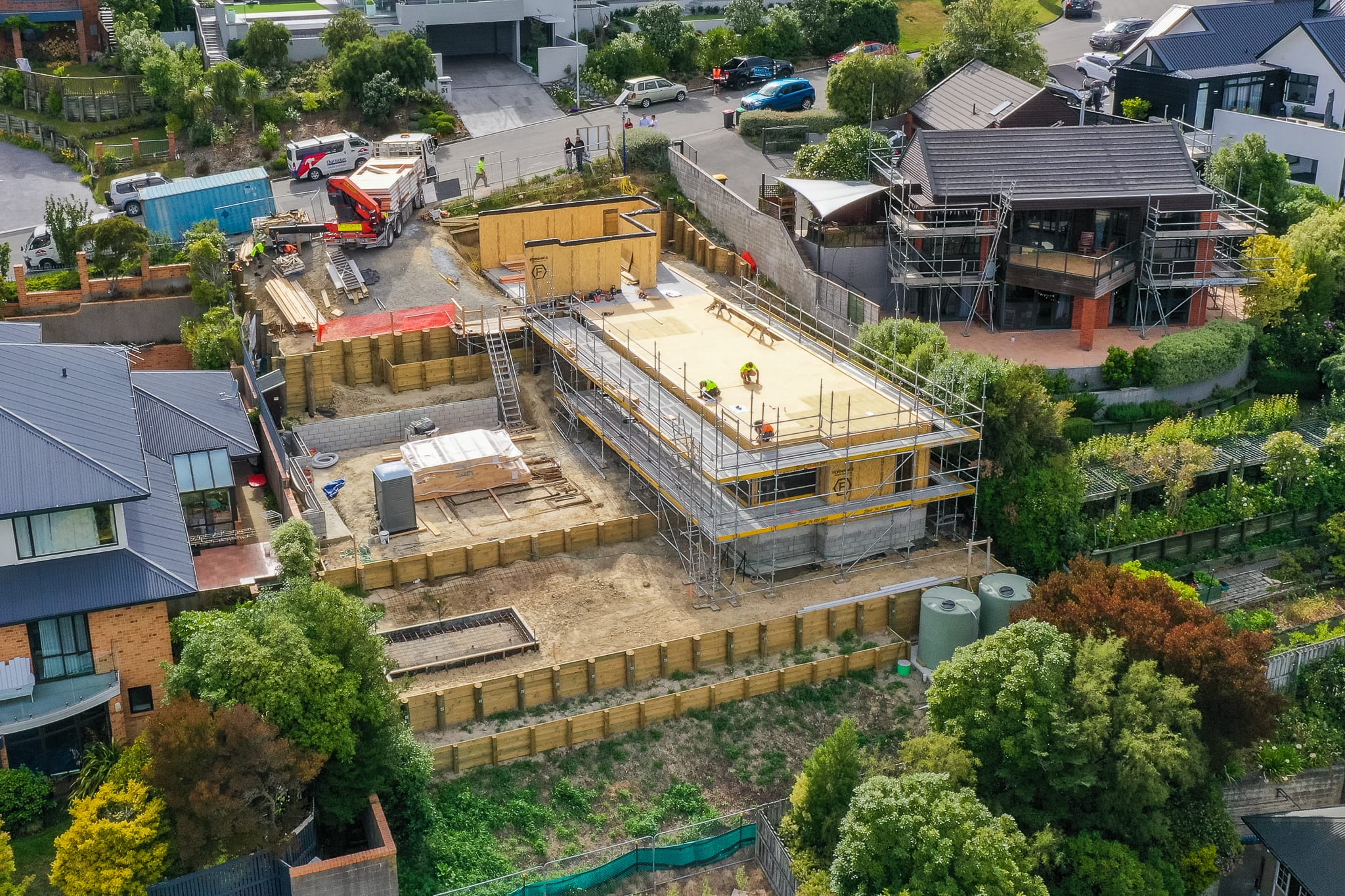
Future Proofing
Prioritising where your money goes is a sensible decision that can often be affected by emotional ones. Having clear outcomes can assist in making joint calls on where the money should go initially. Remember kitchens and bathrooms can be upgraded more easily over time. Walls and windows are a lot harder and significantly dearer to upgrade, and you will be missing out on the benefits of a warm healthy energy efficient home. One option is to get your building envelope right first alongside a functional interior that can then be developed over time if budget is tight, or tastes change.
Space and Form
Reducing the size of your home, its footprint, can free up a large amount to put towards your building envelope. Do you need that extra bedroom, or can you reduce hallways? Think about where your furniture would go – does this create large unusable areas or open space that could be minimised?
Another recent blog discussed how simple forms performed better due to the ‘heat flow form factor’ (less surface area to volume) and less building junctions. The same applies to general building costs – a simpler form requires less roof angles, less external surfaces, and generally less complex building factors which in turn reduces build costs.
Flexible spaces are a lot more versatile than having rooms for one sole purpose.
For example:
- Do you need that spare room, or can you adapt your second living area for that purpose when it is needed?
- Think about your stage in life. With older children you might consider removing the need for a spare room as in 3 years’ time you are likely to have a spare room anyway.
- Do you need a separate office, or can you create a nook within your living area? A large light living area works better for some than a small office at the back of the house – what works for you?
Consider your ‘Wow’
A common trap is where a ‘wow’ factor is incorporated into your build but it later transpires that it costs a lot ….by this time you may not want to give it up. For example, depending on the structural materials you are using, and the design, additional structural elements can make those large openings or cantilevered areas surprisingly dear. Where does the ‘wow’ come in your priorities and what does your budget allow?
Alternatives could include innovative feature walls. In previous builds we have used vinyl wraps of tropical scenery or exterior cladding indoors. Ceilings can also feature timber or other detailing.
Joinery can also be the wow, such as feature stairs or your kitchen (which can also be upgraded when budget allows).
Think about window placement – what do visitors see when they first enter your home? It could be the amazing view you have capitalised on, or a lush green living picture. Think of your windows as large picture frames. Kitchen splashbacks can also be living picture frames.
Future Extension Considerations
Another consideration is planning for the option to extend. Roof lines and structural elements may make this very hard and dear to do even if you have the space. Discuss with your designer and builder how this could happen to ensure the integrity of the building envelope can be maintained once it is broken down and built onto. There will be areas that are better and more cost effective to fix, seal, and re-establish the performance properties than others.
So, the message in summary:
- Clear priorities & clear budget.
- Think flexibly and innovatively.
- Choose the right design build team.
Find out more about our design build process.
